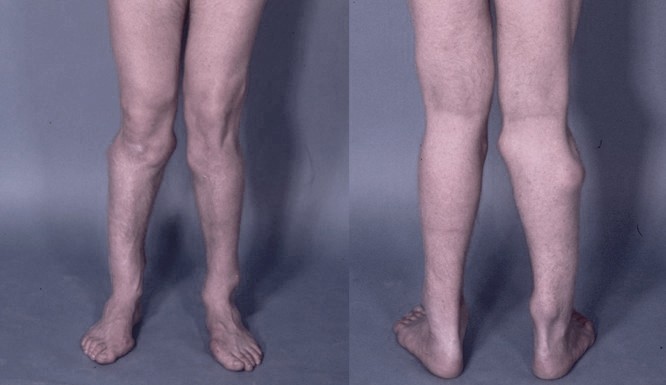Exostoses, Multiple, Type Iii

For a phenotypic description and a discussion of genetic heterogeneity of multiple exostoses, see (133700).
MappingIn a child with multiple exostoses with an interstitial deletion of chromosome 11, Le Merrer et al. (1994) excluded linkage to markers in the region 11p12-p11. However, the locus they termed 'EXT2' was mapped to 19p by linkage to a microsatellite DNA marker at the D19S221 locus. In studies of 21 families, they found a maximum location score of 7.22 with a proportion of families (35%) linked to chromosome 19 and a proportion of families (65%) linked to chromosome 8. Their data supported the location of EXT1 distal to D8S198 and the location of the other gene, designated EXT3, between D19S413 and D19S221.
Le Merrer et al. (1994) suggested that the close linkage of EXT3 to the JUNB (165161) and JUND (165162) protooncogenes on 19p makes these genes possible candidate genes, because malignancy is a complication of multiple exostoses and because transgenic mice defective for a functionally related gene (FOS; 164810) have been shown to develop multiple exostoses of long bones (Wang et al., 1991).
Francannet et al. (2001) reported a clinical and molecular study of 42 French families representing 217 affected individuals with multiple exostoses. They confirmed linkage to EXT1 in 29 of the families, EXT2 (133701) in 9, and EXT3 in 1. Francannet et al. (2001) concluded that there must be at least 1 additional locus for the multiple exostoses phenotype to account for the 3 unlinked families.